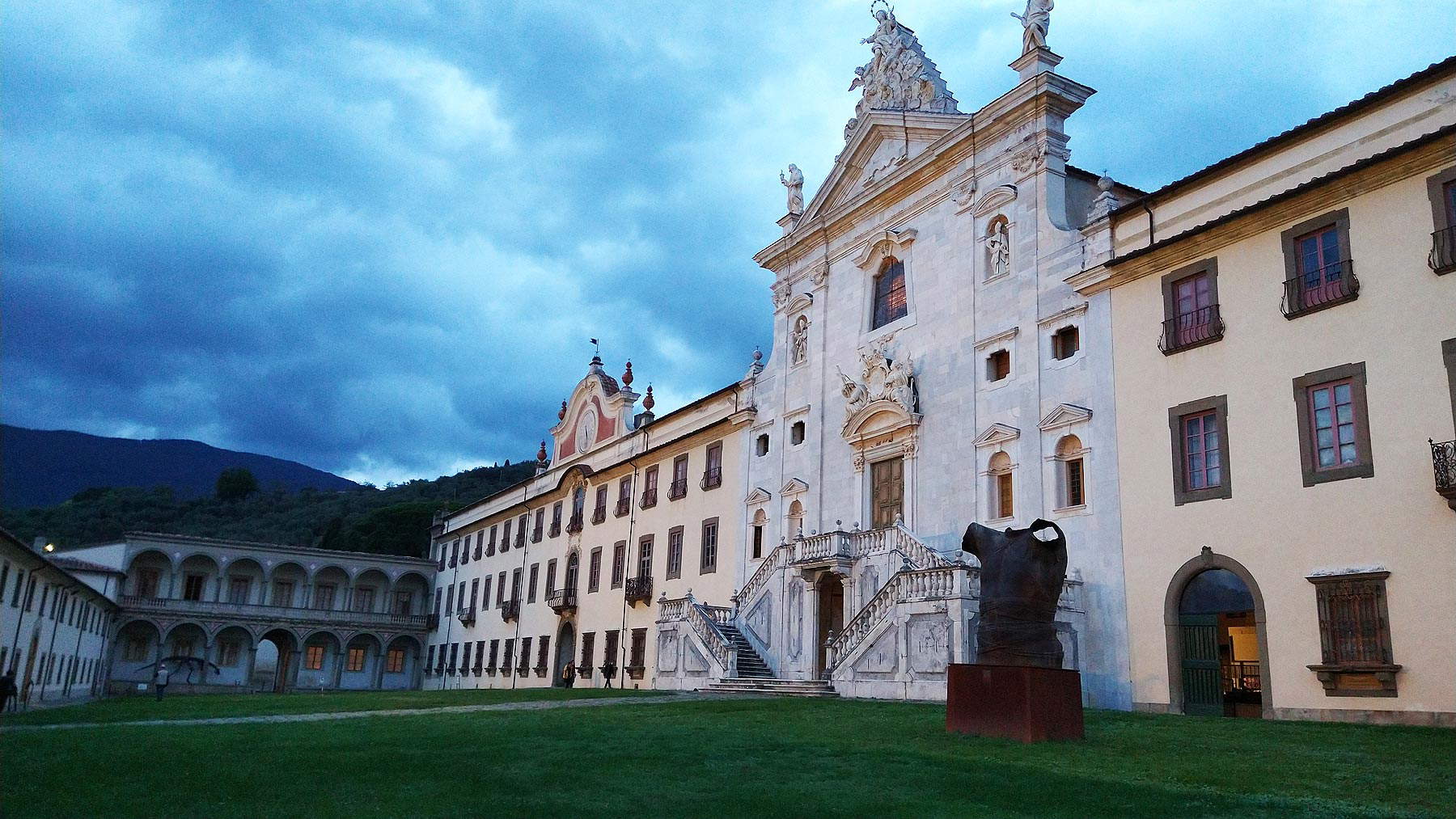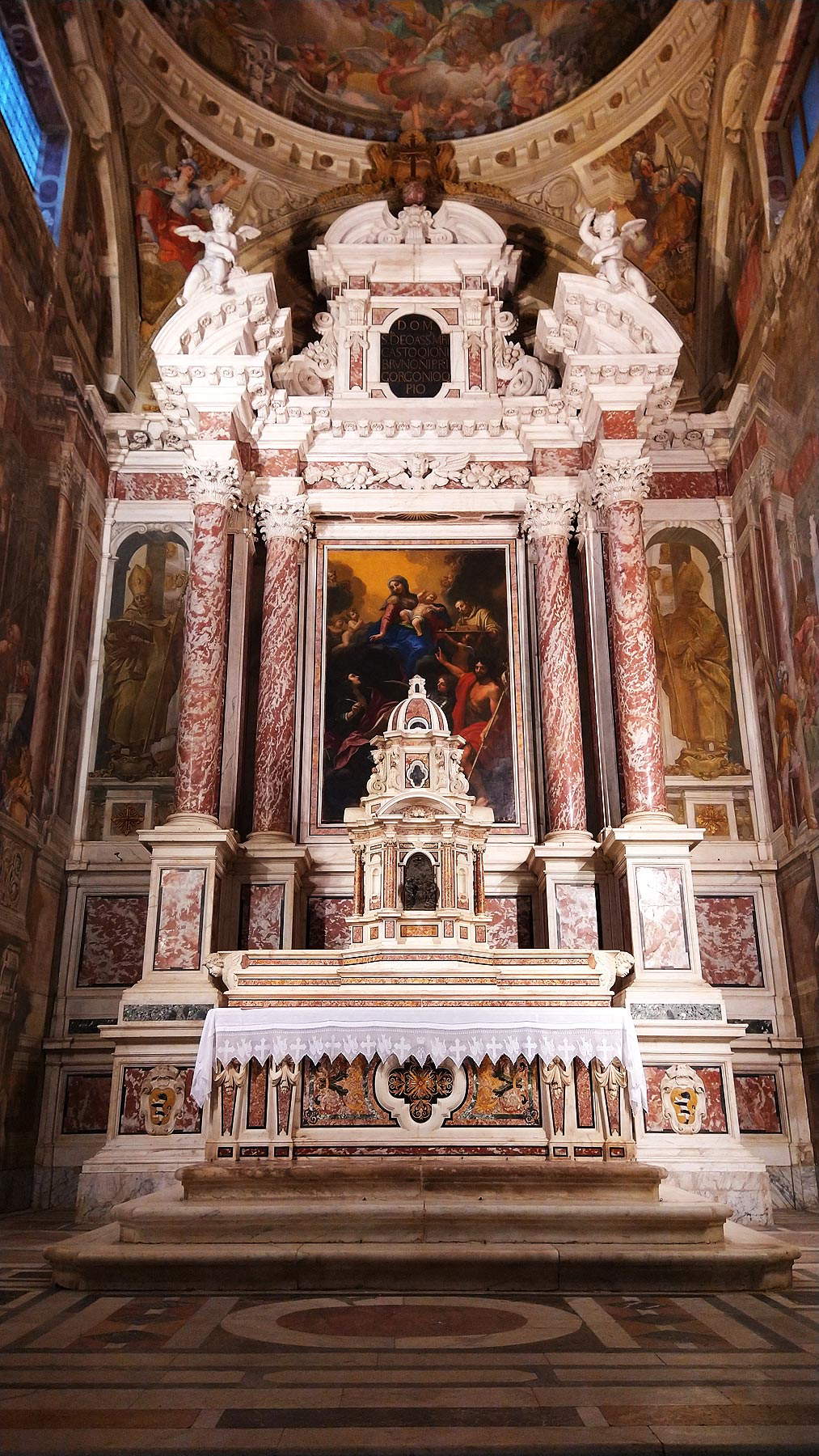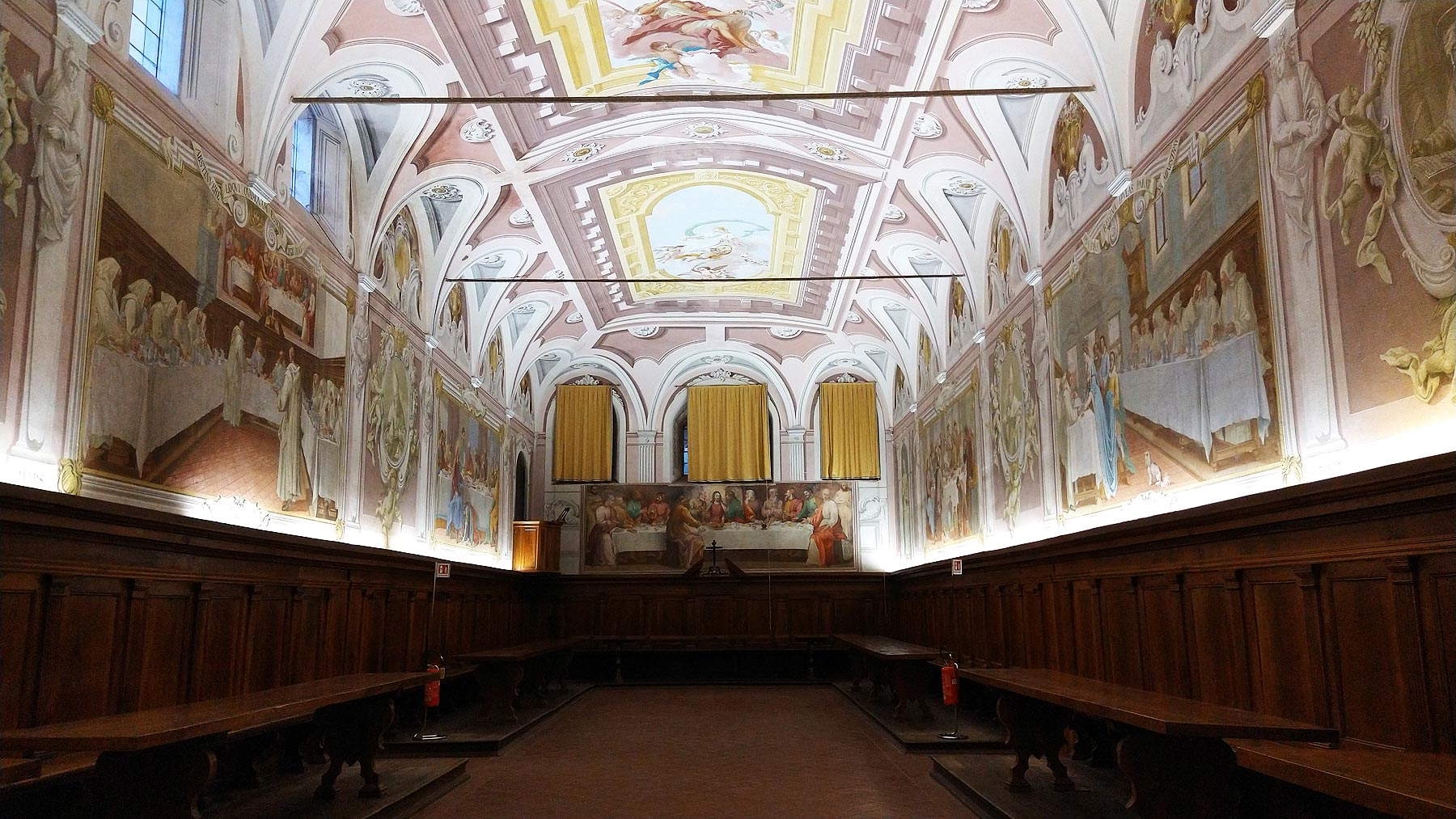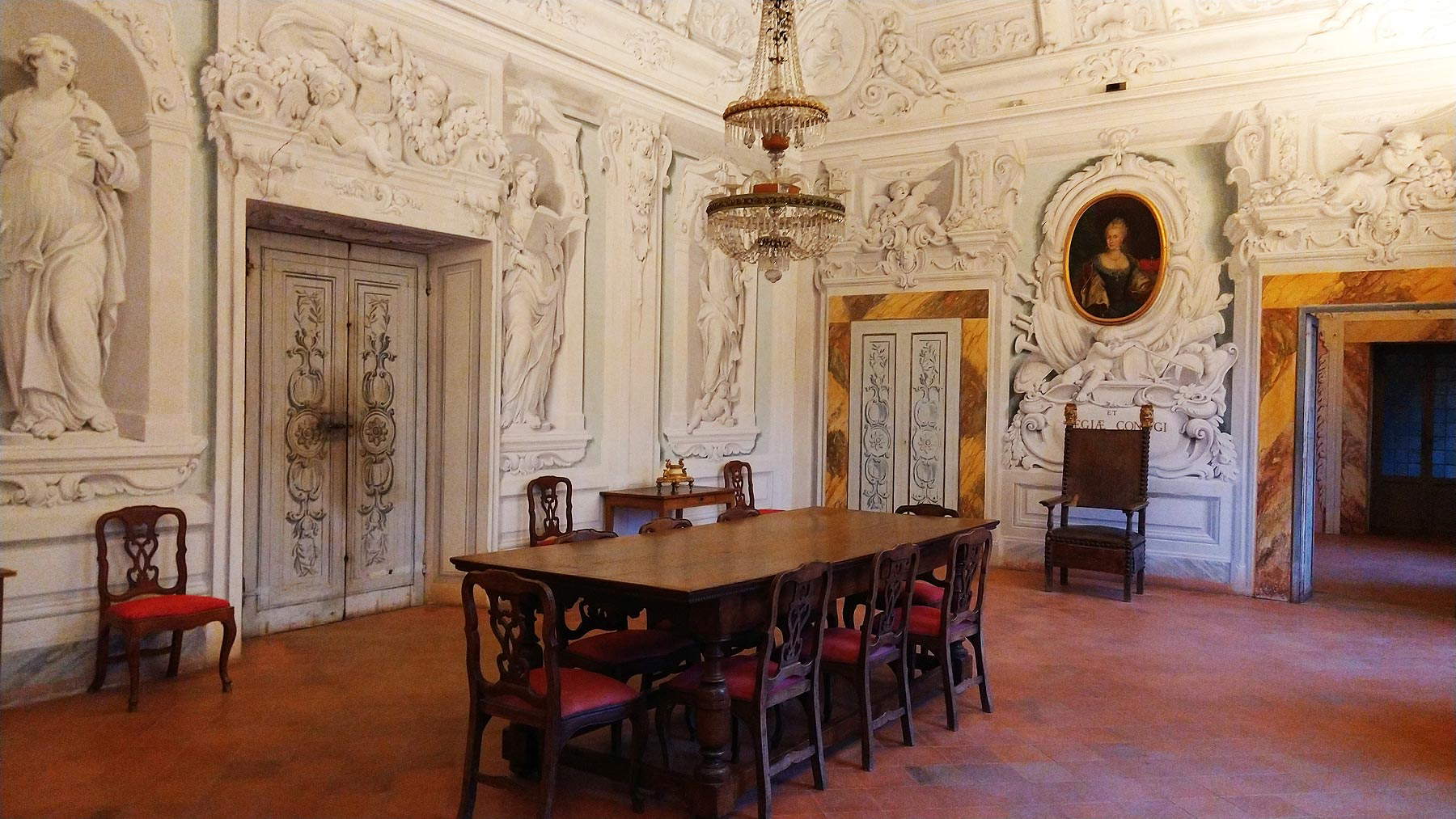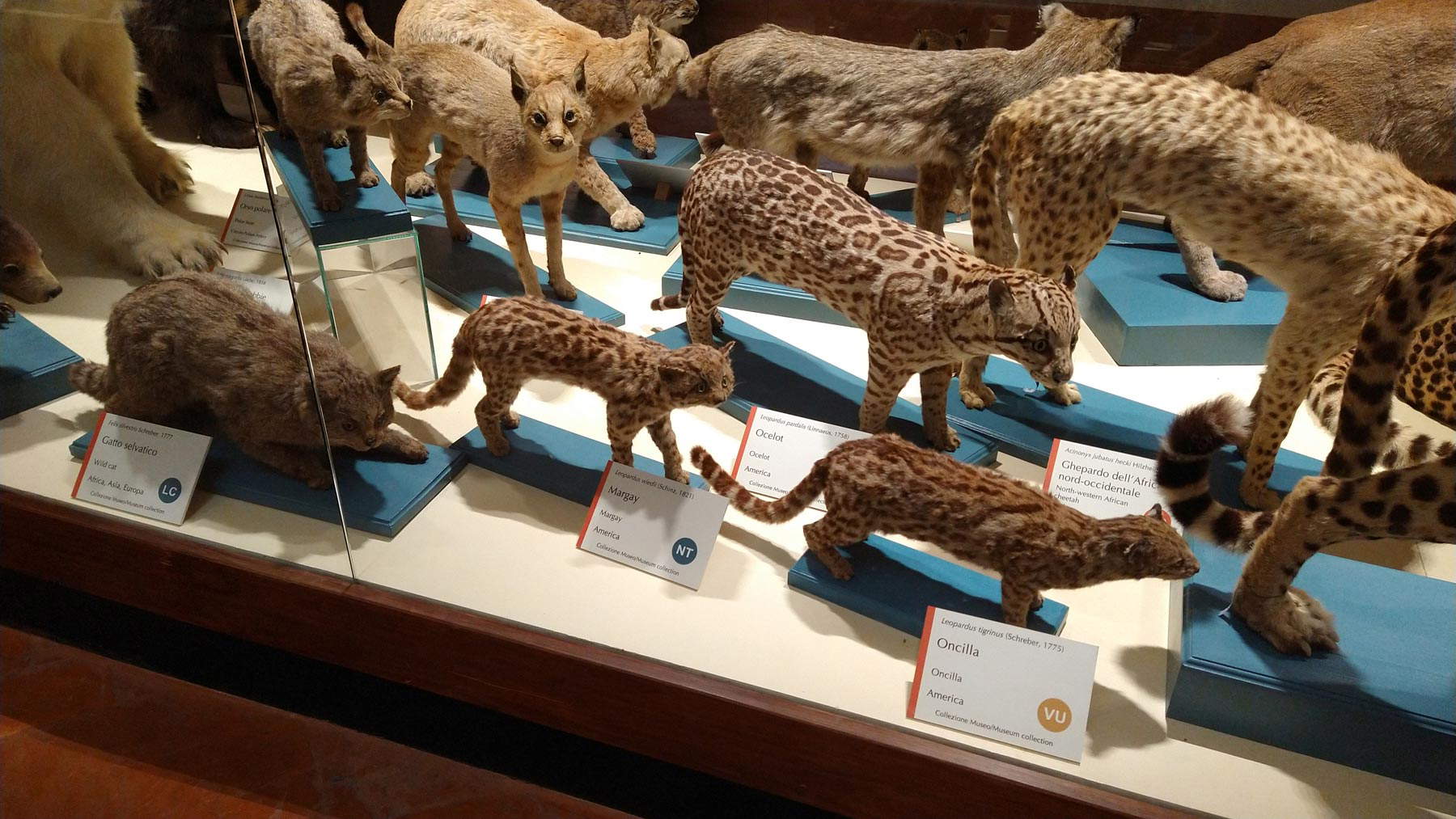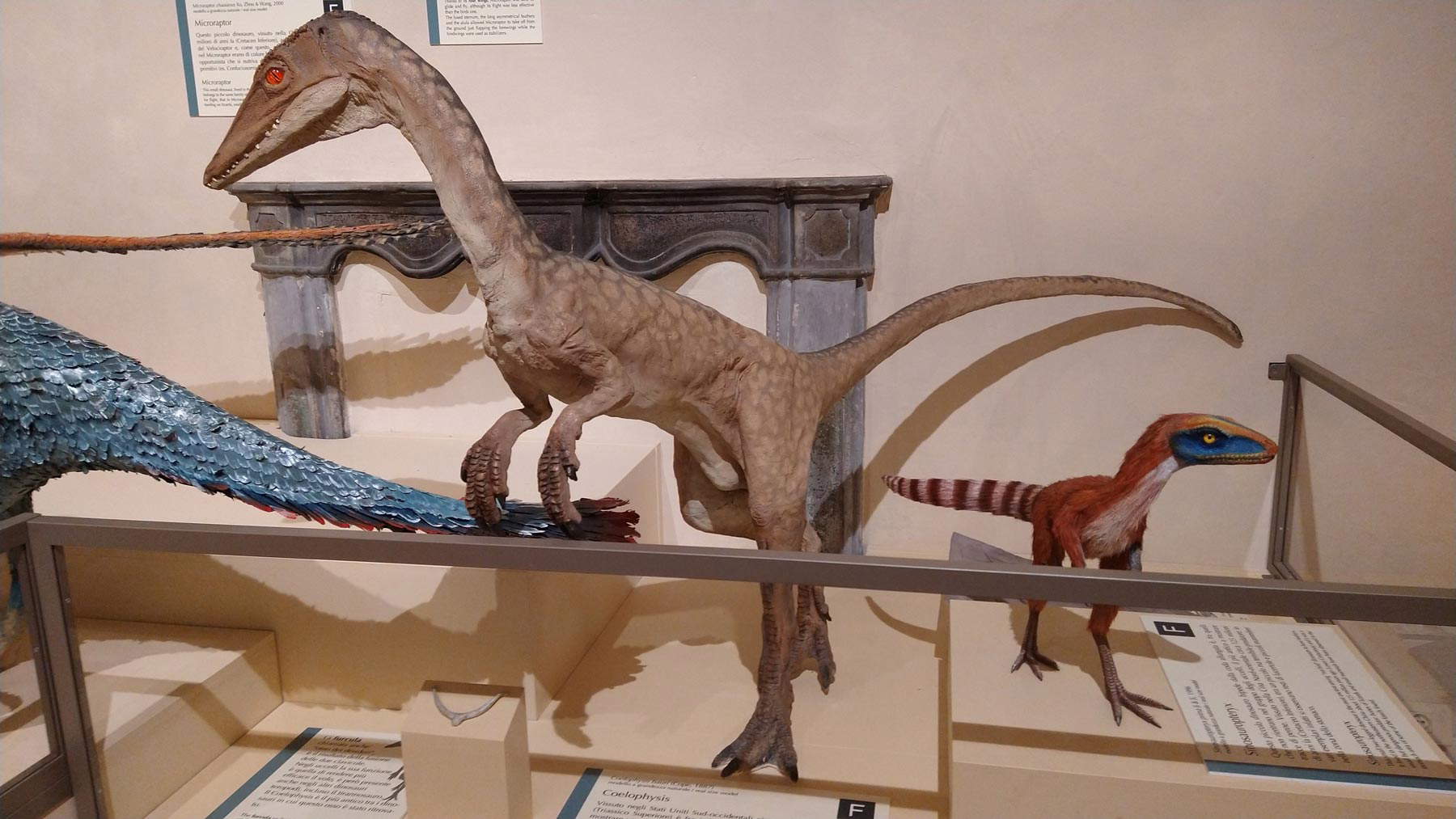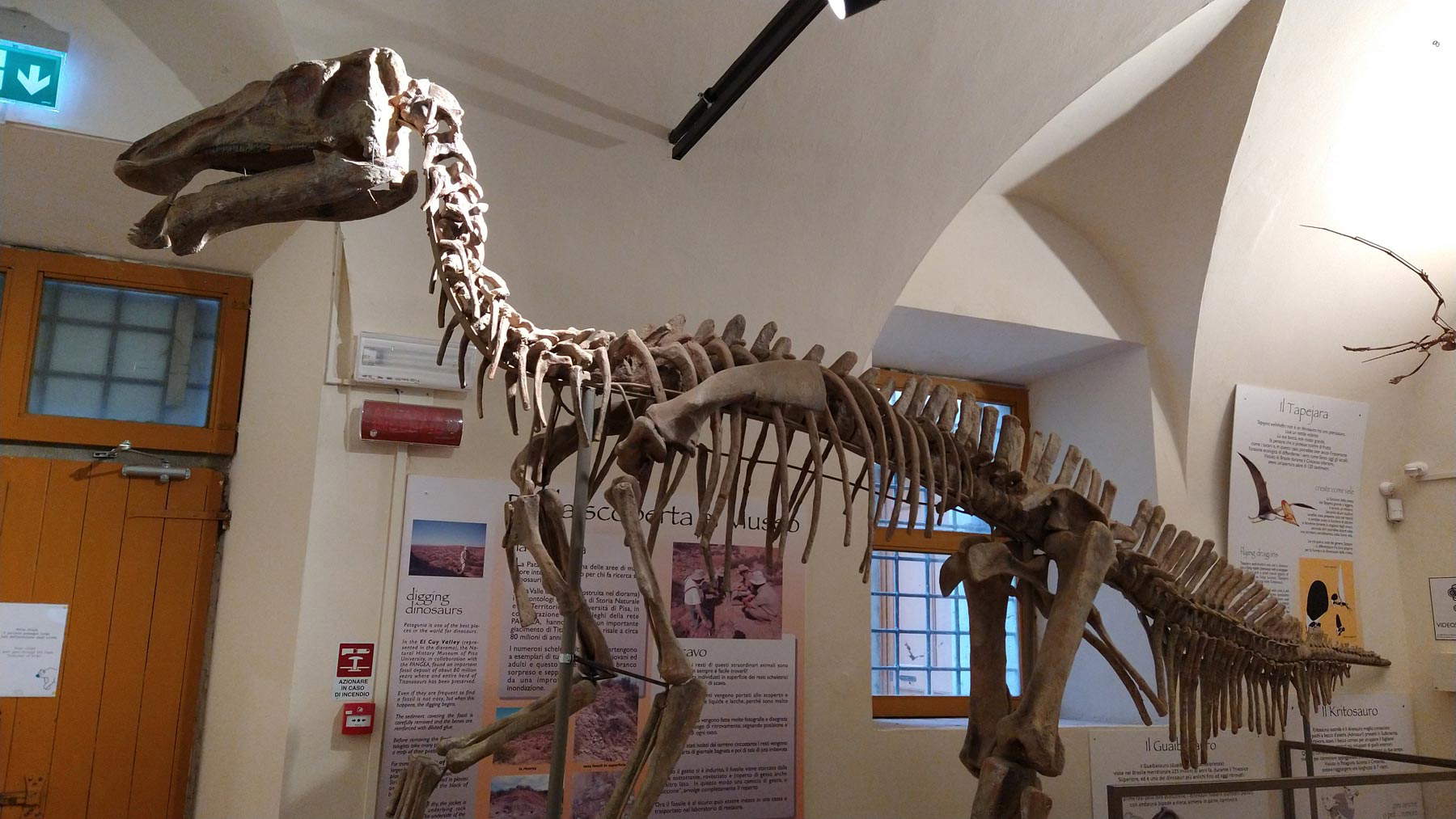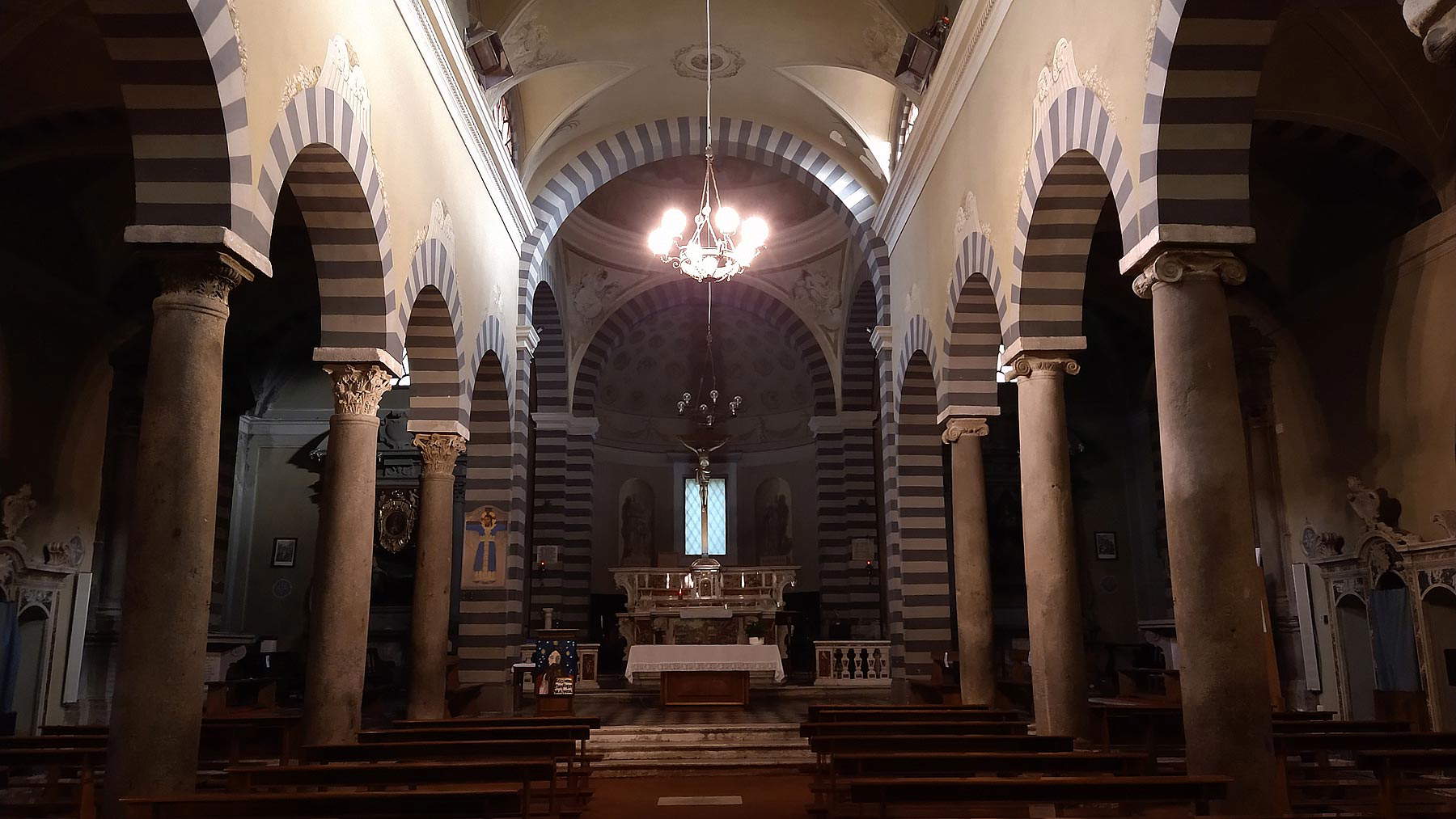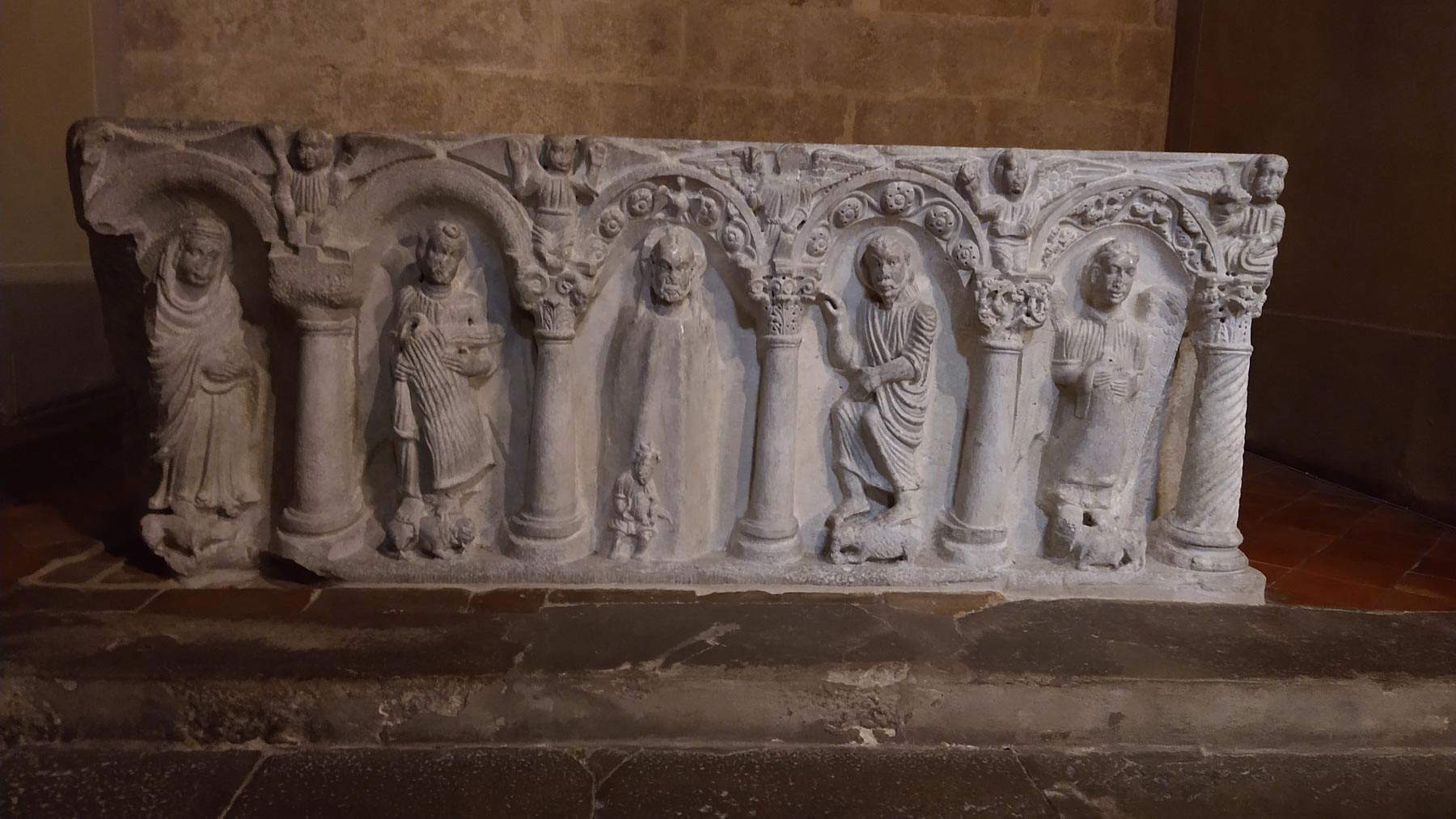by Redazione , published on 08/10/2020
Categories: Travel
/ Disclaimer
Discovering the village of Calci, in the Gracious Valley, an important religious center thanks to the presence of the Charterhouse and a relevant Romanesque parish church.
In Calci, the elders of the village still remember the Carthusian monks’ spatiamentum , the “spacing out,” or weekly walk, the only time they could get out of the Charterhouse, even though they could not speak to outsiders. They are the most inaccessible, most ascetic, most contemplative monastic order: in the Charterhouse of Calci they remained until 1970. And when they were still inside the monastery, the Charterhouse was organized as a kind of city, where nothing was lacking. It could accommodate up to fifteen fathers and up to sixty brothers, who could not talk to each other, as per the rule of the Carthusian order, except for a few cases: for example, in the parlor, or during the spacing, when there could be moments of confrontation. For the rest, only work and prayer, and no contact with the world: for truly indispensable news, the prior would see to it that the others were told what they needed to know. Visits from relatives, not even: once one entered the Carthusian Monastery, one also lost the possibility of continuing to attend family.
The fathers spent most of their time in their cells, which were actually apartments that were also quite large for the idea in the common imagination of monks’ cells: they had a room to sleep and gather in prayer, a room where they could have lunch, another room to devote to manual activities, a bathroom, and a vegetable garden. The brothers, on the other hand, were in charge of the running of the whole complex: there were those in charge of the oil mill, those who ran the pharmacy (which, moreover, in ancient times supplied the whole village), those who tended the gardens, and those who prepared food for everyone else. The food was brought directly to the cells: there was a kind of window where it was left and picked up. Only once a week, typically on Sunday, fathers and brothers dined together in the refectory, where the oldest work in the entire Charterhouse, Bernardino Poccetti ’sLast Supper of 1597, is preserved: but always without being able to speak.
Prayer, too, was mostly individual: in the large church people went only to sing praise. And in the spectacular seventeenth-century church, the decorations by Antonio and Giuseppe Rolli that enveloped all the walls and brought the faithful to the center of the stories of the Old Testament, and then again the frescoes in the dome by Stefano Cassiani, the altarpiece by Baldassarre Franceschini known as the Volterrano, helped the monks to better contemplate the divinity. From here, from the large, single-nave church, passing Volterrano’s painting on the marble high altar by Giovanni Francesco and Alessandro Bergamini, one arrived at the chapels where the monks celebrated daily Mass. And always walking along the corridors, one ended up arriving at the Foresteria Granducale: these were the rooms used to accommodate the grand dukes of Tuscany, who were always very attached to the Certosa of Pisa (one can still see there the bed where Pietro Leopoldo of Lorraine, the grand duke who abolished the death penalty, slept with his wife Maria Luisa of Bourbon).
 |
| The Charterhouse of Calci |
 |
| Antonio and Giuseppe Rolli’s frescoes in the church of the Certosa |
 |
| The altar by Giovanni Francesco and Alessandro Bergamini |
 |
| Charterhouse of Calci, the Refectory |
 |
| The Last Supper by Bernardino Poccetti (1597) |
 |
| Charterhouse of Calci, the Foresteria Granducale |
Then, as mentioned, in 1970 the last monks left the Charterhouse, and since then the complex has become a museum, run partly by the Ministry of Cultural Heritage (which takes care of the monumental environments) and partly by theUniversity of Pisa, which in a wing of the complex, where some of the brothers’ cells were housed, established the headquarters of the Museum of Natural History, one of the largest in the world but also one of the oldest, since it was founded in 1591. It is older than the oldest work preserved in the Carthusian Monastery, to wit. Inside, collections of specimens of different kinds of animals, complete cetacean skeletons, dinosaurs, dioramas from the 19th century onward, the largest freshwater aquarium gallery in Europe. There is also one of the most spectacular wunderkammer that exists in the world, dating back to the seventeenth century: to see its showcases with coral sprigs, with curiosities from the animal and plant world, with minerals and shells, and with all kinds of oddities, is like taking a trip back four centuries, to the time when interest in science spread throughout Europe that would lead to the birth of the modern method, with such extraordinary figures as Galileo Galilei, who, moreover, was from Pisa.
From the Carthusian Monastery there is then a long, straight road that runs through the entire village, taking travelers to the opposite end. One walks among the olive trees, passes the town hall, the small square with the bank and the village’s only hotel, the bridge over the Zambra stream destroyed by the Germans during the war and then rebuilt thanks to the tenacity of the inhabitants, the clubhouse where the coat of arms of the Italian Communist Party still stands, and finally reaches Calci’s other important monument, the Romanesque parish church of Saints John and Hermolaus, built toward the end of the 11th century. A sober façade in the Pisan Romanesque style and a squat quadrangular bell tower set the scene for an austere, rather bare, basilica-style building divided into three naves with arches and pillars decorated with black and white bands. Inside, the relics of St. Hermolaus, works by Aurelio Lomi, Jacopo di Michele called the Gera and other minor artists. And then, an extraordinary 12th-century baptismal font: a kind of marble basin decorated with the figure of Jesus in the center, and at the sides St. John the Baptist, the Madonna and two angels. It is one of the most important examples of Pisan and Lucchese area sculpture of the time. Nearby, a 1947 marble plaque dictates that “remains carved in marble” the generous gesture of a certain Manetti Eugenio, a citizen of Calci who resided in America but who, always tied at least sentimentally to his native village, after the devastation of the war wanted to send the parish priest the sum of two hundred thousand liras of the time to restore the organ. The equivalent of about four thousand euros today. Small, large gestures of which the art history of that time is full, and of which, in this Romanesque parish church, it was desired to preserve the memory in perpetuity.
 |
| The wunderkammer of the Museum of Natural History |
 |
| Felines at the Museum of Natural History |
 |
| The cetacean gallery |
 |
| Dinosaur reconstructions |
 |
| Dinosaur skeleton |
 |
| Parish church of Calci |
 |
| Interior of the parish church of Calci |
 |
| The baptismal font of the parish church |
Article written by the editors of Finestre sull’Arte for UnicoopFirenze’s “Toscana da scoprire” campaign
 |
| Calci, from the splendors and rigors of the Charterhouse to the marbles of the Romanesque parish church |
Warning: the translation into English of the original Italian article was created using automatic tools.
We undertake to review all articles, but we do not guarantee the total absence of inaccuracies in the translation due to the program. You can
find the original by clicking on the ITA button. If you find any mistake,please contact us.
